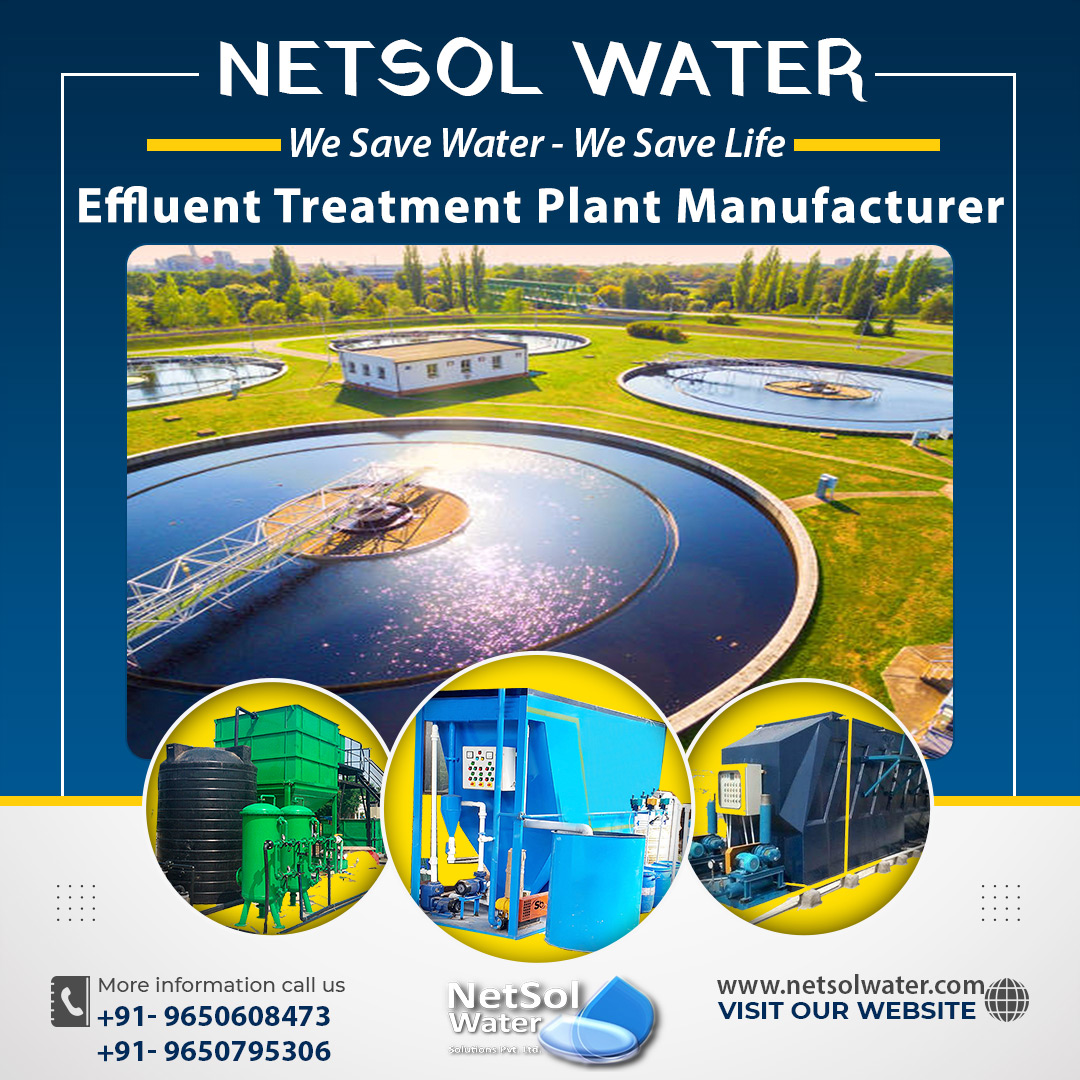As environmental awareness has grown, large number of rice mill industries have installed or established appropriate wastewater treatment technologies.As the number of mills has increased, proper waste water management has become critical.
What is the need of Effluent Treatment Plants for Rice Mills?
Rice mills, a major agro-industry, are suggested to lower the volume and strength of effluent. Even though rice mills are one of the most polluting industries in terms of both the amount of discharge and the composition of wastewater or effluent. Water is primarily also used to soak rice in rice mills, and when processing paddy rice, massive amounts of wastewater and other byproducts are produced. Rice mill effluent from various rice mill operations frequently contains high concentrations of toxic organic and inorganic matter, which causes significant environmental damage when released.
The treatment of rice mill effluent is critical for making the effluent suitable for discharge into surface water. Rice mill ETP is becoming important day by day as they strive to meet stringent discharge conditions while lowering operating costs.
The primary environmental hazard of rice mill effluents is their foul odour, and it also contains numerous hazardous pollutants at various process stages such as pre-cleaning, de-husking, polishing, mist polishing, and so on. As a result, establishing an effluent treatment plant for rice mills should be a requirement.
Effluent treatment plants for rice mills
The effluent features of a rice mill differ depending on the type of rice processed. It primarily consists of contaminants such as pH, total solids, dissolved solids, TSS, COD, BOD, and so on. The harmful effects of all of these contaminants can be greatly reduced by using ETP in rice mills.
Stages involved in Rice Mill Effluent Treatment Plant:

1. Pre-treatment or preliminary treatment of rice mill effluent:This treatment is necessary to eliminate large solid materials that could damage or clog plant equipment. Huge floating objects in rice mill wastewater/effluent can be easily separated by filtering waste water through bar screens. Following the removal of large solid materials, partially treated wastewater is subjected to the next level of treatment, known as primary treatment.
2. Primary Treatment of Rice Mill Effluent: When pre-treated wastewater flows the primary treatment tank, physical or physicochemical processes remove approximately 60-70 percent of solid materials and 40 percent of BOD. This treatment employs a grit chamber to eliminate grit as well as a floatation method to remove oil and grease. It employs primary clarifiers, in which solid waste known as sludge settles to the bottom and is eliminated and treated at a later stage. The primary treated water will then be transferred to the aeration tank for biological treatment.
3. Secondary Treatment of rice mill effluent: The primary goal of this treatment level is to eliminate BOD from rice mill effluent. Most ETPs use the most common aerobic process (activated sludge process), in which liquid wastewater enters an aeration tank where it mixes with air to promote the growth of microbes and thus the breakdown of organic matter. When aerated water enters a secondary clarifier, heavier particles settle to the bottom, resulting in secondary effluent. It eliminates approximately 70-80% of organic solids.
4. Tertiary treatment of rice mill effluent: The secondary clarifier collects liquid wastewater, which is then pumped to the tertiary treatment, which eliminates any residual suspended solids that were not removed in previous levels. It entails a disinfection process to reduce the spread of waterborne diseases as well as to minimise public health issues by eliminating pathogenic organisms left in wastewater/effluent. It employs disinfectants such as chlorination, UV light, ozone, and others.




